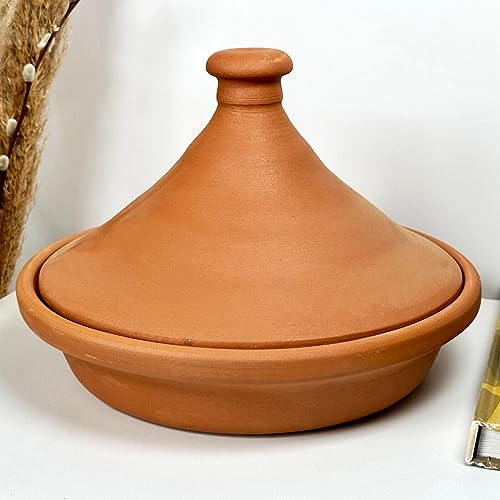Best Meat for Beef Tagine: Understanding the Key Factors
When it comes to a beef tagine, the choice of meat is crucial to achieve a delicious and tender dish. The best type of meat to use for a beef tagine depends on several factors, including the cut, marbling, and cooking method. Let’s explore these factors to help you choose the perfect meat for your beef tagine.
Opt for Chuck or Brisket for Tender and Flavorful Meat
Chuck roast and brisket are ideal cuts for a beef tagine because they are rich in connective tissue and fat, which break down during the long, slow cooking process. These cuts are known for their tenderness and rich, beefy flavor, making them perfect for a hearty tagine.
Both chuck and brisket benefit from braising or stewing, which involve cooking the meat in liquid at a low temperature for an extended period. This method helps to tenderize the tough muscle fibers and infuse the meat with flavors from the aromatic spices and vegetables used in a tagine.
Consider the Marbling for Moist and Juicy Meat
Marbling refers to the fat content and distribution within the meat. A good amount of marbling is essential for a beef tagine, as it contributes to the moistness and juiciness of the meat. The fat melts during cooking, keeping the meat tender and preventing it from drying out.
Look for cuts with visible streaks of fat running through the muscle, such as USDA Choice or Prime grade beef. These cuts generally have more marbling, resulting in a flavorful and succulent tagine. However, be mindful of excessive fat, as it can make the dish greasy. Trim any excess fat before cooking.
Experiment with Specialty Cuts for Unique Flavors and Textures
While chuck and brisket are popular choices, you can also experiment with specialty cuts for a unique twist to your beef tagine. For example, ox cheeks are exceptionally flavorful and tender when slow-cooked. They add a melt-in-your-mouth texture to the tagine.
Short ribs, shanks, and oxtail are other specialty cuts worth considering. They contain a higher proportion of connective tissue and collagen, which break down during cooking, resulting in succulent and fork-tender meat. These cuts offer a rich flavor profile and add complexity to your beef tagine.
Adjust Cooking Time Based on the Meat Cut
Each cut of meat has different cooking requirements to achieve the desired tenderness. While most cuts benefit from a long, slow cooking process, some may require shorter cooking times to retain their texture.
If you’re using chuck or brisket, allow for a minimum of 2-3 hours of cooking time. This ensures that the connective tissue breaks down and the meat becomes tender. However, smaller cuts or specialty cuts, such as ox cheeks or short ribs, may require less cooking time. Adjust the cooking time based on the specific meat cut to ensure optimal results.
Buy Quality Meat from Trusted Sources
Regardless of the cut you choose, it’s important to invest in quality meat from trusted sources. Look for meat that is well-marbled, fresh, and sourced from reputable suppliers. Organic, grass-fed beef is often preferred by those who prioritize sustainability and animal welfare.
Local butchers and specialty meat stores are great options for finding high-quality meat. They can provide guidance on selecting the best cuts for your beef tagine and may even offer pre-cut tagine packs that include all the necessary ingredients for a flavorful dish.
In conclusion, the best type of meat to use for a beef tagine is chuck roast or brisket. Their tenderness and rich flavor make them perfect choices for slow-cooked dishes. However, don’t shy away from experimenting with specialty cuts like ox cheeks, short ribs, or oxtail to give your tagine a unique twist. Remember to adjust the cooking time based on the specific meat cut and purchase quality meat from trusted sources for the best results.






